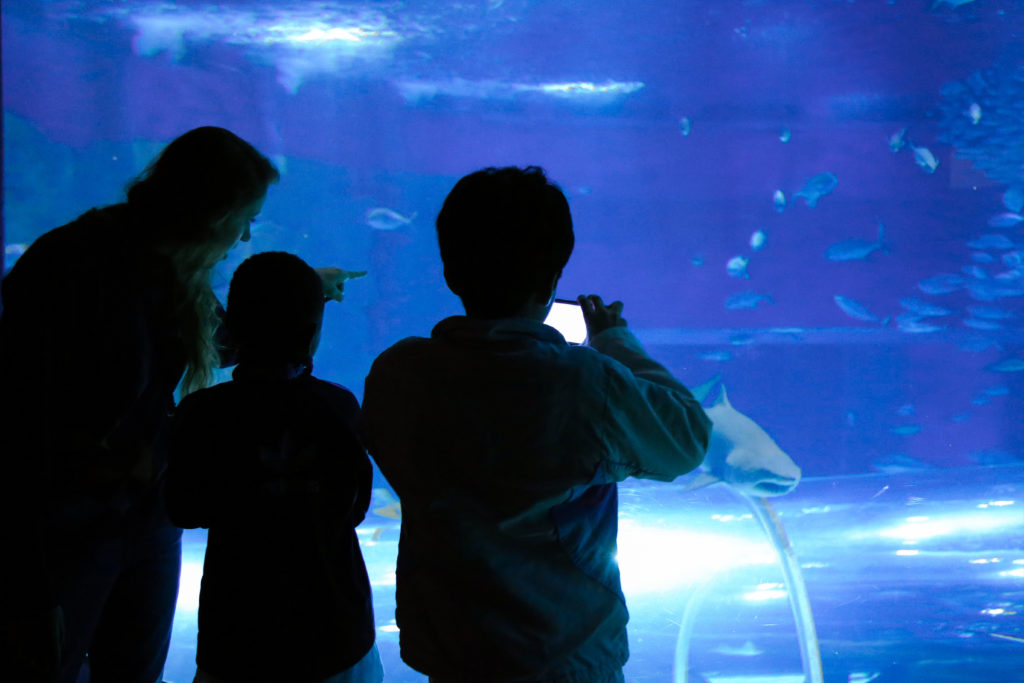The Brazilian tapir (Tapirus terrestris) is the largest terrestrial mammal in South America and a keystone species for ecosystem functioning. It is known as the “gardener of the forest” due to its diet, which includes fruits, and its ability to disperse seeds. Given its large size, tapirs require a substantial amount of food and cover extensive areas, allowing them to disperse seeds over greater distances than other frugivorous animals. Despite its tremendous importance to ecosystems, the tapir is endangered both globally and locally. In the state of Rio de Janeiro, it became extinct in the early 20th century.
Species extinctions are among the most serious consequences of current human interference on the planet. The loss of animal populations can lead to a decrease in pollination and seed dispersal, as well as an increase in intermediate trophic levels. One of the few effective solutions to mitigate the problems caused by local extinctions is population reintroduction, a process by which viable populations can be reestablished through the translocation of individuals from the wild or captivity. Therefore, one of the greatest environmental challenges of the 21st century is the reestablishment of ecosystems with key animal species, especially medium and large-sized mammals. Reintroducing animals with these characteristics takes a long time, involves significant costs, and historically, the success rate of such initiatives has not been high.
Faced with this scenario, the Federal Institute of Rio de Janeiro, the Federal University of Rio de Janeiro, and the Federal Rural University of Rio de Janeiro, with the support of the Rio de Janeiro Zoo, are developing the Refauna Project – Fauna Reintroduction and Restoration of Ecological Interactions in the Atlantic Forest. The Refauna Project aims to connect conservation agents, environmental agencies, zoos, and other partners to develop projects for the reintroduction of locally extinct native species and the restoration of lost ecological interactions. In this context, the overall objective is to reestablish a population of tapirs (Tapirus terrestris) in the state of Rio de Janeiro. Through the reintroduction of tapirs, it is also expected to restore the ecological interactions that this keystone species once played a role in.
RioZoo supports the development of the Refauna Project, for example, by breeding animals in the zoo that are later reintroduced. RioZoo also participates in veterinary care, animal quarantine, research funding, equipment provision, among other contributions. The involvement of institutions like RioZoo is crucial for the progress of integrated conservation projects.
The tapir reintroduction project in the Guapiaçu Ecological Reserve (REGUA), Cachoeiras de Macacu, began in 2013, and the first release took place in 2017. Tapirs come from different breeding centers, such as RioZoo, which provided Magali and Jorge, and they are reintroduced using a gentle release technique, allowing the animals to acclimate gradually to the new environment, starting in an acclimation enclosure. Before transportation, each animal receives a VHF-GPS telemetry collar, a microchip, and two colored ear tags, which will enable the monitoring of these animals after their release.
So far, we have nine tapirs back in the forests of Rio de Janeiro. These animals are already fulfilling their role in nature, eating plants, dispersing seeds, and benefiting beetles. Seeds that have passed through the tapirs’ digestive tracts start to germinate, protected by the tapirs’ feces. Beetles use the tapirs’ feces for their own and their offspring’s food. Our goal is to have a population of 50 tapirs, including reintroduced and naturally born animals, that will fully perform their ecological roles.
- PROJETO REFAUNA. EQUIPE:
- LABORATÓRIO DE ECOLOGIA E CONSERVAÇÃO DE POPULAÇÕES (LECP) Universidade Federal do Rio de Janeiro (UFRJ) – Fernando A. S. Fernandez, Marcelo L. Rheingantz, Bruno Cid, Caio Kenup, Catharina Kreisher, Luísa Genes, Tomaz Cezimbra, Pedro Uchoa, Raíssa Sepulvida, Anna Landim, Carolina Starling, Louise Daudt, Cesar Britto, Giuliana Caldeira Pires Ferrari, Caroline Heringer, Lara Norberto, Paula Viana, Bernardo Araujo e Leandro Macedo.
- LABORATÓRIO DE ESTUDO E CONSERVAÇÃO DE FLORESTAS (LECF) Universidade Federal Rural do Rio de Janeiro (UFRRJ) – Alexandra Pires Fernandez, Pollyanna Rodrigues e Rafaela Pacheco.
- LABORATÓRIO DE ECOLOGIA E MANEJO DE ANIMAIS SILVESTRES (LEMAS) Instituto Federal do Rio de Janeiro (IFRJ) – Maron Galliez, Lucas Burity, André Monteiro, Rodrigo Araujo, Leonardo Aguiar, Mariana Tavares e Natália Barros.
Vídeos
 |
 |
 |
 |





